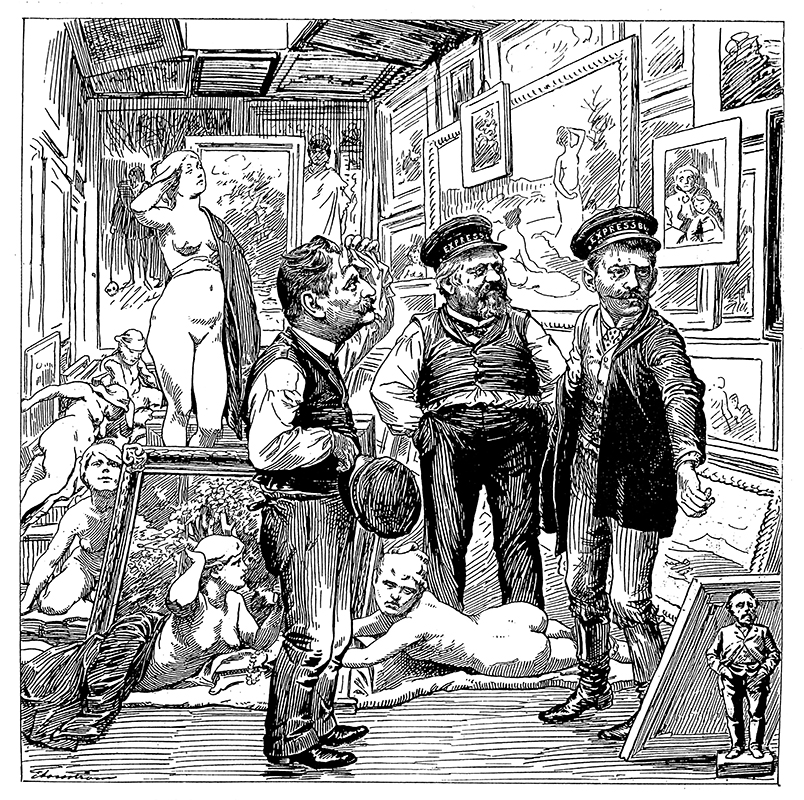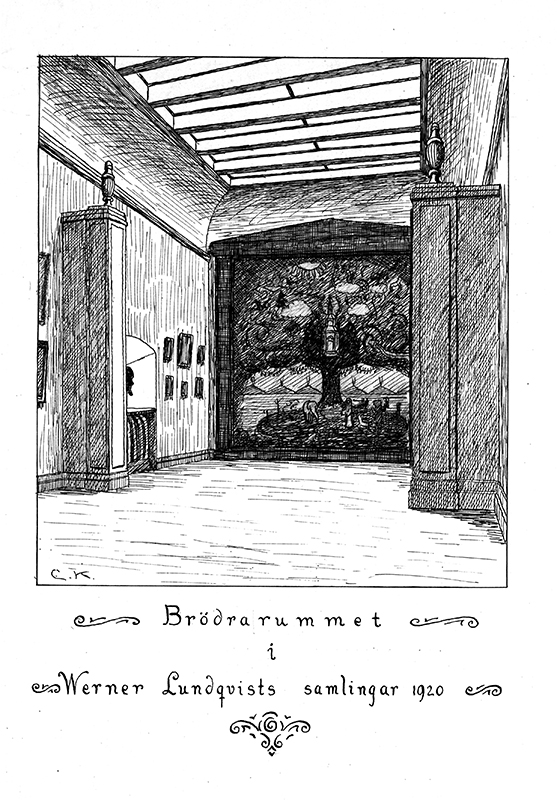Received and Rejected: The history of the collections at the Gothenburg Museum of Art
What do museums do with their collections, and what do the collections do with the museums? The fifth issue of Skiascope investigates how museums acquire art and what they then do with it. What affects purchases and donations at an art museum? And how do the acquisitions affect the future possibilities of the museum? The art museums of today act on a global market where they compete for the favours of the audience and sponsors. For this reason they feel it is crucial to add to their collections. But what happens when the collection becomes so big that it is impossible to handle? Is this the beginning of the dissolution of the art museum as a concept, or is the art museum just entering a new phase, in which the collection gains new relevance by being accessible on the internet?
The texts in Skiascope 5 are based on different parts of the collection of the Gothenburg Museum of Art, but the discussion extends far beyond these examples, and deal with the broader phenomenon of art museum collections. The texts are about museum collections from a theoretical perspective, the acquisition history of the Gothenburg Museum of Art, the Fürstenberg Gallery, the Werner Lundquist collection, the Danish poet and mystic Ole Kruse and the brotherhood in Örgryte that played an interesting role in the development of the museum, Hjalmar Gabrielson’s self-portrait collection, the collection of prints and drawings, as well as the reality behind the epithet “the donors’ museum”.
Skiascope 5 is published with the support of the Sten A Olsson Foundation for Research and Culture.
Read more and order the publication Skiascope 5 here



